NOAA's Office of National Marine Sanctuaries has launched Sanctuaries 360°—a collection of immersive underwater experiences to bring these exceptional underwater treasures to viewers all over the world. These underwater parks are destinations for many who want to visit the ocean and experience immense beauty, biodiversity and have the chance to encounter marine life. For many, reaching and experiencing these special ocean areas—like a diver—can be a challenge.
Check out the virtual reality videos and 360° immersive photos to explore your national marine sanctuaries from the comfort of our home.
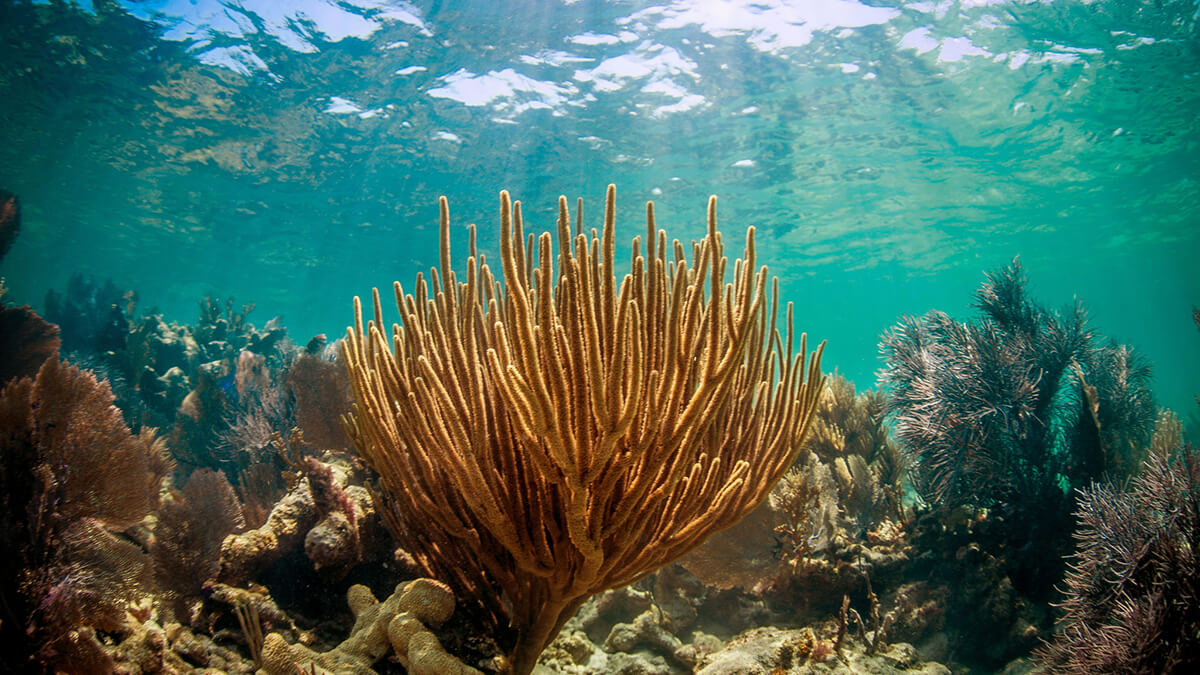
Your National Marine Sanctuaries
In this National Marine Sanctuary System overview lesson, a mini-research project introduces students to America's underwater parks by comparing and contrasting the various sanctuaries. Through a deeper dive into the digital resources offered, including four 360° videos, students learn how national marine sanctuary sites are designated and why they are important for protecting and preserving the ocean and Great Lakes.
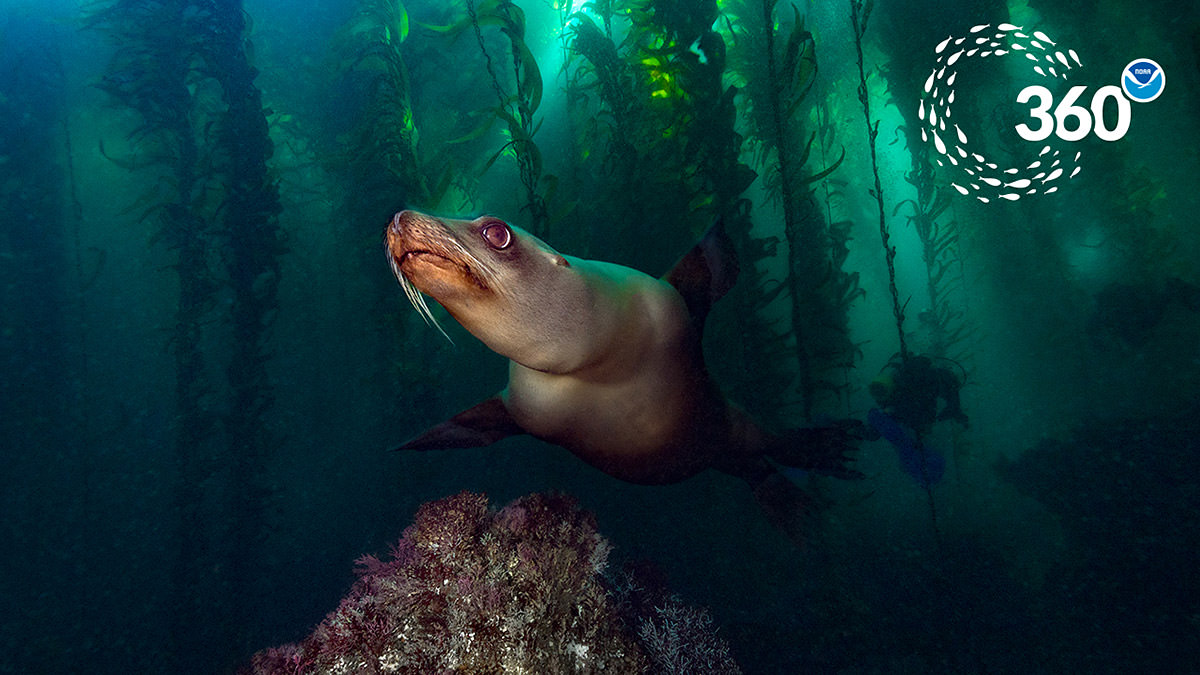
Sea Lion Encounter in Channel Islands National Marine Sanctuary
On a visit to Channel Islands National Marine Sanctuary, students will explore the plants and animals that live and thrive in the cold-water marine environment that they encountered in the 360° video. They will also learn about specific adaptations necessary for survival in this habitat.
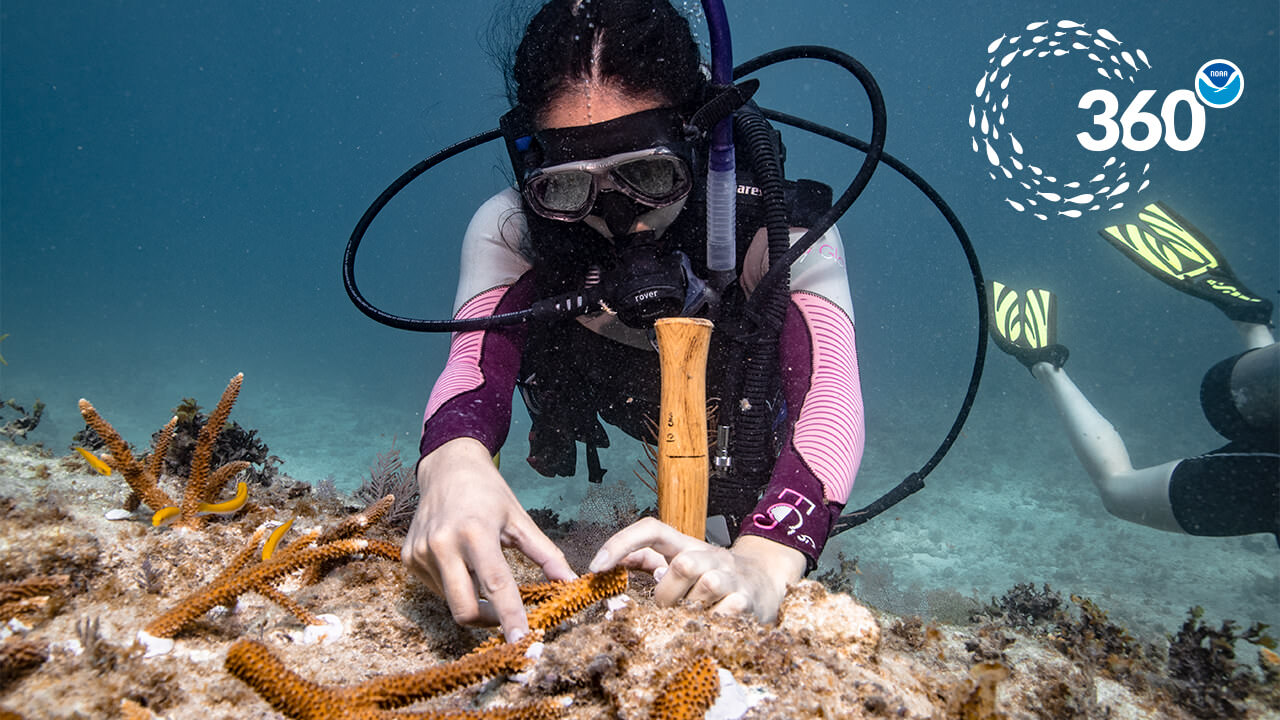
Coral Restoration in Florida Keys National Marine Sanctuary
Students will dive deeper into the coral restoration work that the 360° video highlights. Students will research the ecology of coral reefs, natural and human threats to corals, and the science of coral restoration. Students will design and make an argument for a proposed new coral nursery to be placed within Florida Keys National Marine Sanctuary.
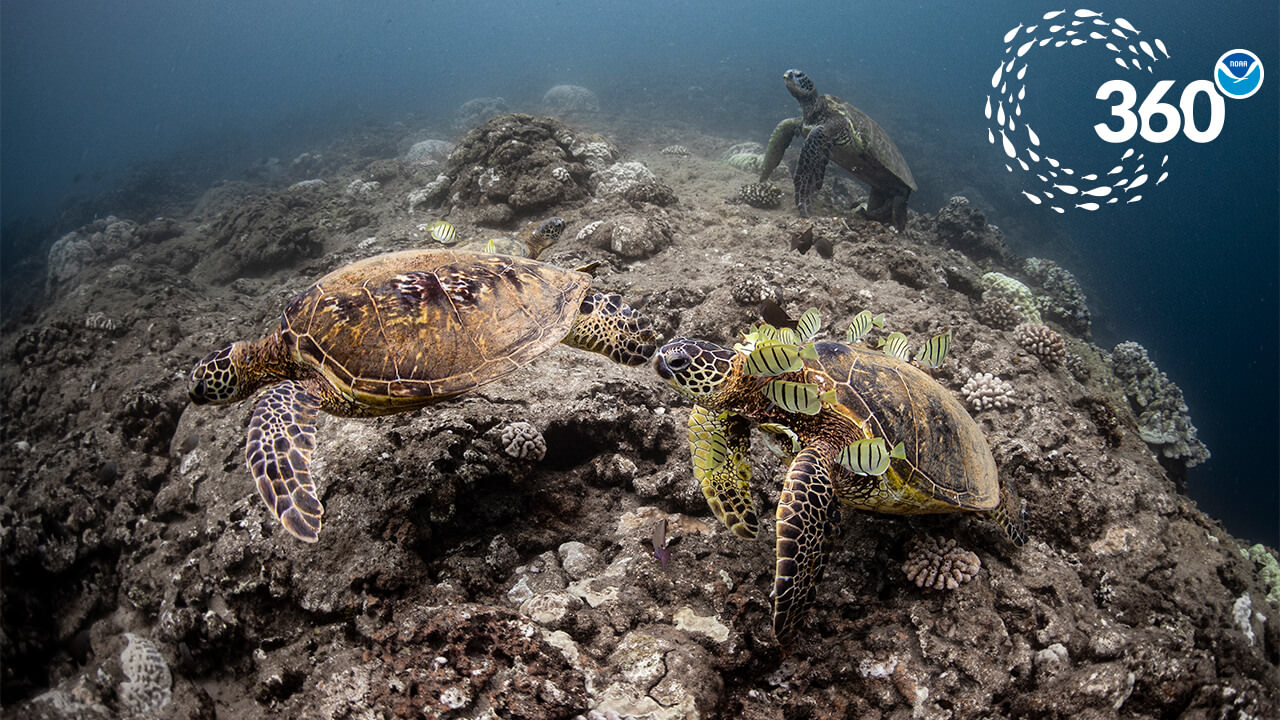
Hawaiian Islands Humpback Whale National Marine Sanctuary
In the Hawaiilan Islands Humpback Whale National Marine Sanctuary 360° video, students learn about the diversity of life found in the Hawaiian Islands. Students will explore the ecology of three different species, their importance to Native Hawaiian culture, and the conservation measures in place for their protection.
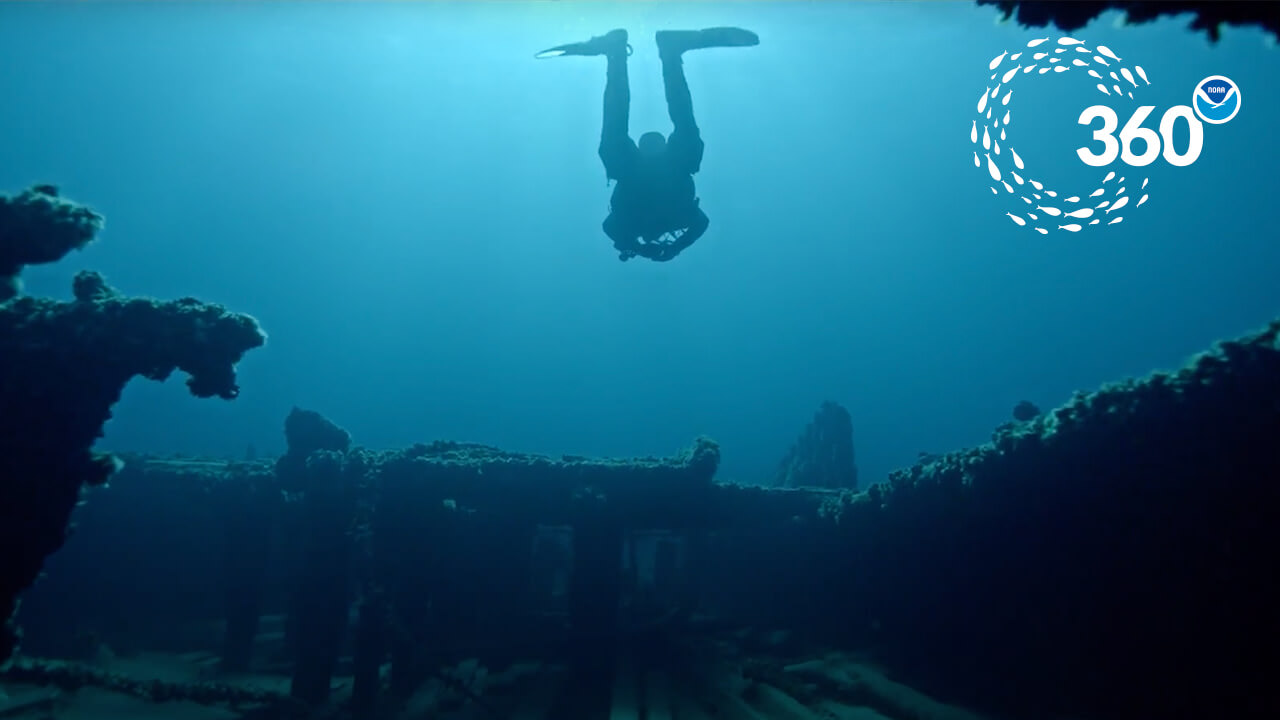
Shipwreck Alley in Thunder Bay National Marine Sanctuary
Tied to the virtual dive on the wreck of D.M Wilson, students research the historical, ecological, and economic importance of Thunder Bay National Marine Sanctuary. Students create a digital infographic that communicates the importance of preserving a shipwreck.
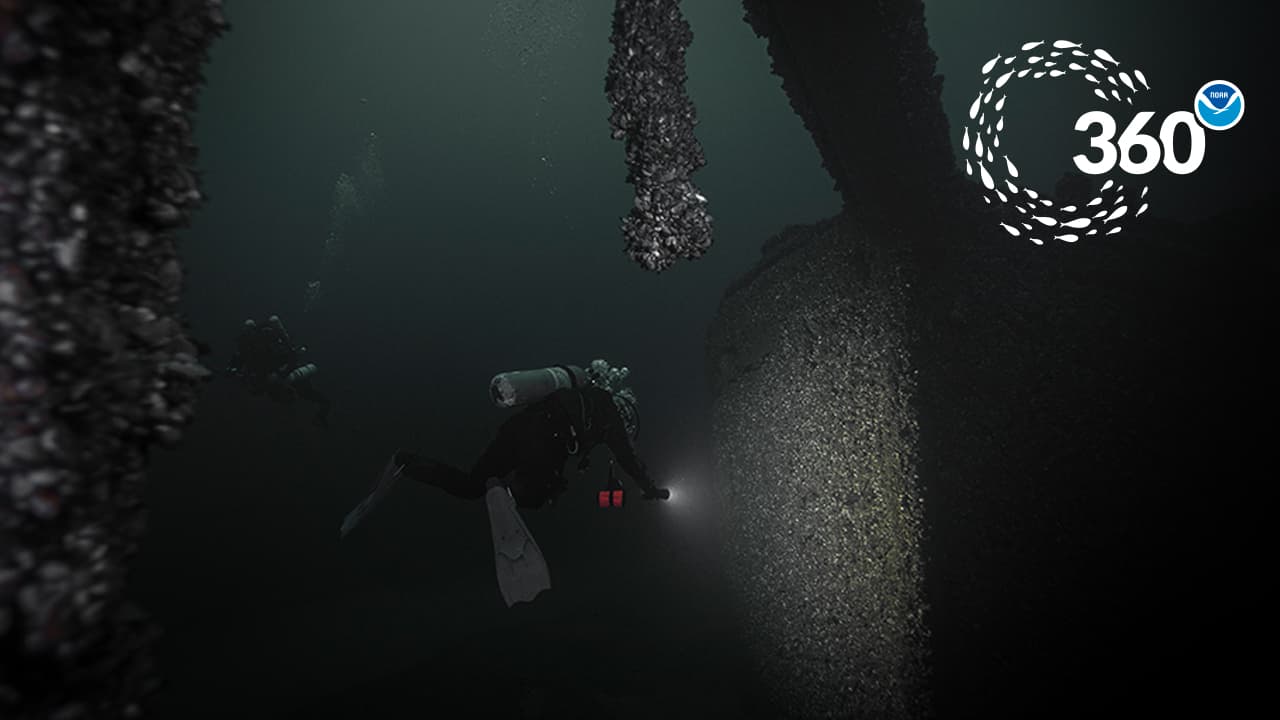
Lake Ontario Schooner: St. Peter
In pairs or groups of three, students explore the wreck of schooner St. Peter, which lies in approximately 120 feet of water in Lake Ontario National Marine Sanctuary. Students then become shipwreck explorers looking for other shipwrecks within the sanctuary boundary. They research the technologies used by maritime archaeologists to locate and image shipwrecks and participate in simulations of the use of two of these technologies, sonar and photogrammetry.
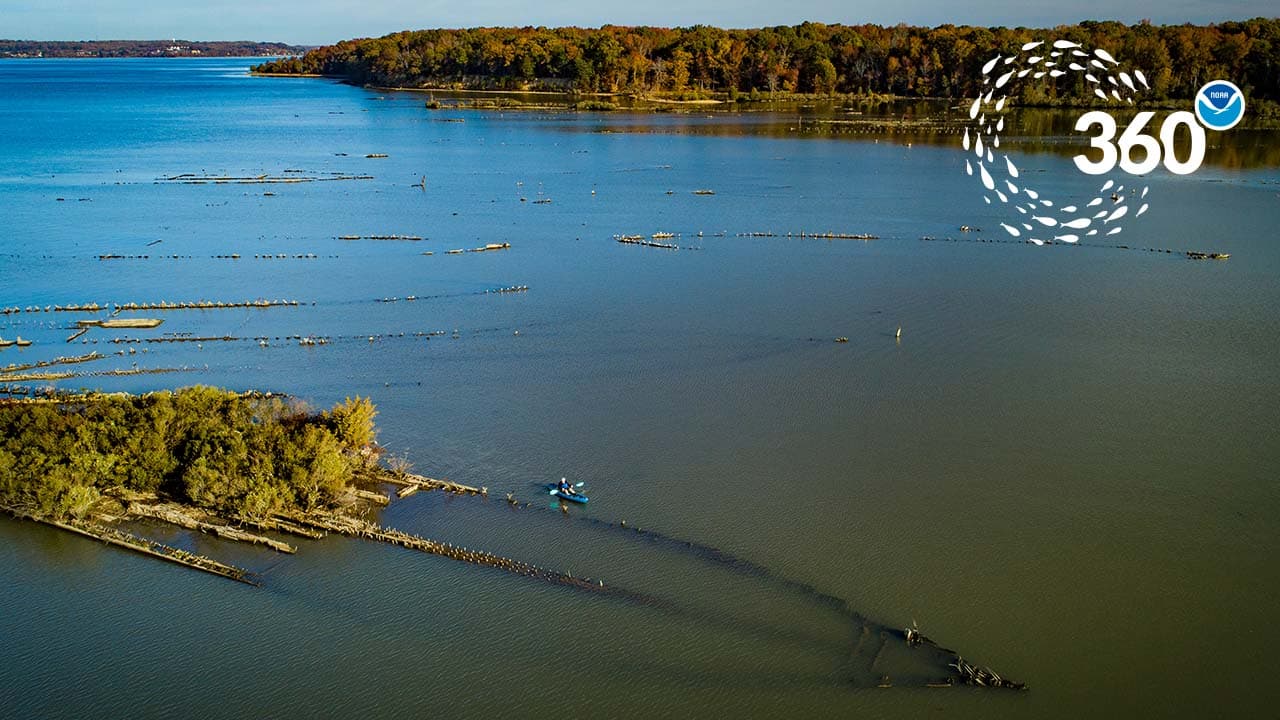
Water Quality Monitoring in Mallows Bay-Potomac River
Students are introduced to Mallows Bay-Potomac River National Marine Sanctuary and the "Ghost Fleet." Students make inferences about how human actions affect the environment. Students analyze and interpret data from the Mallows Bay water quality monitoring buoy to make an argument from evidence about the impact of turbidity on submerged aquatic vegetation.

Cordell Bank National Marine Sanctuary
This lesson introduces students to Cordell Bank National Marine Sanctuary in California and the biodiversity found there. In pairs or small groups, students will research and present a character from the Cordell Bank ecosystem. Students make observations and inferences about the relationships among the different characters and how humans can affect the ecosystem and become stewards for it. Feel free to use the slide deck for an introduction.

